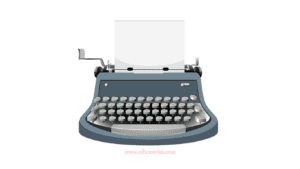Stenograph Machine
A stenograph machine is a specialized keyboard utilized by court reporters to transcribe speech at high speeds. Its distinctive design allows for phonetic coding, enabling the capture of entire words with a single key press. This efficiency is crucial in legal settings, ensuring the creation of accurate, real-time records.

Stenography, a form of shorthand, operates phonetically, making stenographic transcripts unique to the individual generating them. Court reporters use stenograph machines to transcribe information like testimony. The stenotype clerk then reviews the transcript, creating a full version readable by anyone.
A stenograph or stenotype machine is specially designed for shorthand. Court reporters, students, and closed captioners use these machines to quickly and accurately record spoken words. High-quality stenograph machines can network with computers and microphone arrays, though they can be expensive.
In appearance, a stenograph machine differs significantly from a regular keyboard, featuring only 25 keys used for coding words, numbers, phrases, and sounds. Stenographers often create dictionaries with coded letter combinations for common phrases. The highly abbreviated shorthand technique allows typists to reach speeds of up to 300 words per minute, a valuable skill in environments like court testimony, which can exceed 230 words per minute.
Traditional stenotype machines produce paper transcripts, while modern ones include internal memory storage. This allows users to transfer transcripts into computer programs for interpretation. In applications like live television closed captioning, stenograph machines are directly connected to computers to generate transcripts in real-time.